Viscose is the third most popular fabric in the textile industry. It is a kind of lightweight as well as a soft fabric. This fabric is quite adaptable. It's a good option for a variety of models, whether used alone or in combination with other textiles. This fabric is far less expensive than natural fibers such as cotton as well as silk. It is often regarded as one of the most desirable types of fabrics.
Viscose is a multipurpose fabric that may be found in clothing such as dresses, blouses, women's tops, and shirts, and also in the home in carpets and upholstery. So, are you willing to know everything about this excellent fabric? This article is going to discuss everything about viscose fabric.
Table Of Contents
What is viscose fabric?
Viscose is a semi-synthetic rayon material fabric derived from wood pulp that is widely used as a silk alternative thanks to its nice drape and smooth hand-feel. Artificial silk is another name for this cloth. Viscose can be both woven and knitted fabric depending upon the end use. This luxurious cloth has a comparable drape and silky feel to it. This fabric is far less expensive than natural fibers such as cotton and silk. It's a versatile fabric that's used for dresses, blouses, as well as jackets, as well as carpets, and also upholstery in the house.
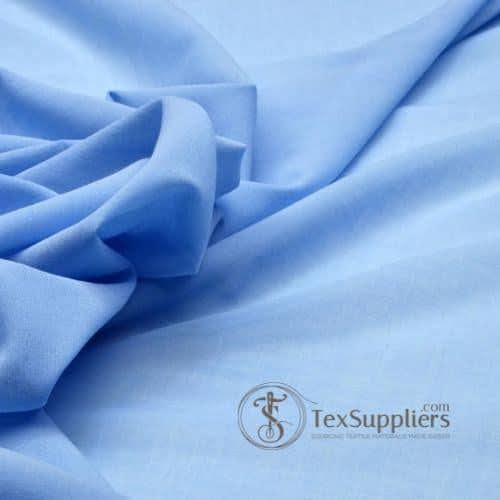
Fabric made of viscose is not as common as cotton. This cloth has a silky feel to it and is very soft. It may be used on its own or in combination with organic fibers like cotton, wool, and also linen. There is also viscose with some stretch, which is made up of fibers that have been mixed with Lycra.
What is Viscose fabric made of?
Viscose fabric, which is soft and lightweight, has been a staple of many closets and houses since the late 1800s. Because the manufacturing method requires high amounts of chemicals, viscose is not as ecologically friendly as other forms of rayon, like modal. Producing viscose doesn't break the bank. Viscose is manufactured from beech, pine, as well as eucalyptus tree pulp, although it may also be manufactured from bamboo.
Because of the various chemicals required in viscose production, such as sodium hydroxide as well as carbon disulfide, viscose is considered semi-synthetic. Other rayon-like fabrics need lignin-free cellulose as a starting ingredient, whereas this fabric may be manufactured from wood pulp material. It can be dyed in a variety of colors and used for many purposes, such as making clothes, curtains, bedding, and tablecloths.
Types of Viscose Fabric
Based on the method of fabrication, there are mainly four types of viscose fabric available in the textile industry. They are as follows:
1. Plain Woven Viscose:
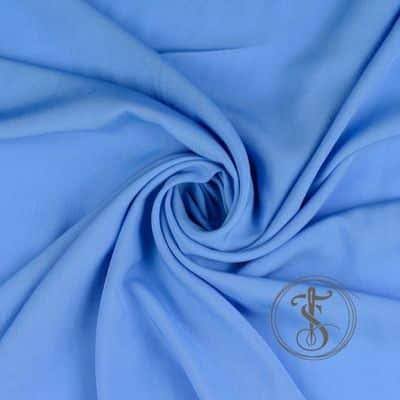
Plain viscose is the most common viscose woven fabric made with the plain weaving technique. Plain viscose is lighter than twill viscose and its weight varies between 85 and 130 GSM. The most 2 common plain viscose fabric structures are 30x30 and 45x45. And two most common densities are 68x68 and 100x76. Printed plain viscose is commonly used in making ladies' tops and men's shirts whereas solid plain viscose fabric is used to make women's bottoms. This is an ideal choice for beachwear.
2. Twill Woven Viscose:
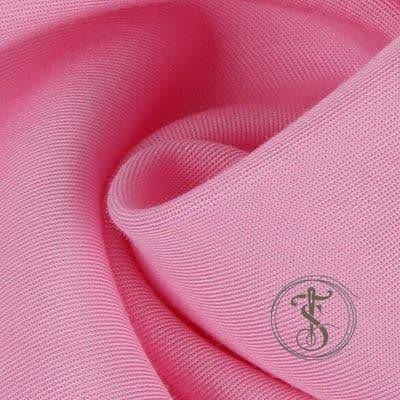
Twill viscose is a woven fabric with diagonal lines made by using the twill weave pattern. Usually, viscose twill is heavier than plain viscose whose weight varies from 130 GSM to 180 GSM. The most commonly used yarn counts used to construct twill viscose are 24s, 30s, 32s, 40s, 45s, and 60s. Viscose twill is widely used in making Men's and women's shirts, blouses, trousers, sleepwear, and beachwear.
3. Crepe Viscose:
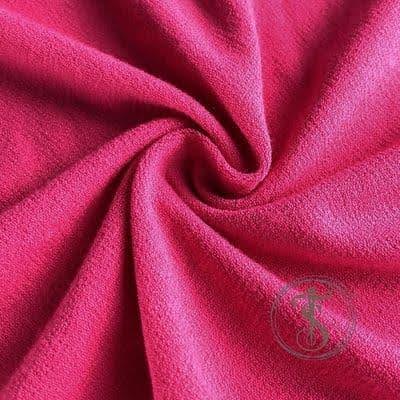
Crepe Viscose is a special type of viscose that has been woven by using a crepe weave. It provides a classic crepe-like texture. Viscose crepe fabrics provide a crinkled fabric surface. It varies in weight and opacity. It is lighter in weight. Therefore used in wide-leg trousers and gowns. Four-way stretch viscose crepe fabric has fine and lightweight features with a soft texture and beautiful drape.
4. Knitted or Jersey Viscose:
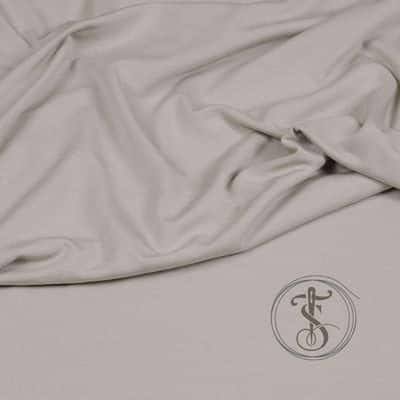
Knitted viscose is a soft drapey fabric. It is perfect for producing comfortable t-shirts, drapey cardigans, maxi skirts, loose-fitted jumpers, and other dresses. Knitted viscose fabric is a type of knit jersey fabric. Jersey viscose has a unique knit look and texture. It provides a soft to the touch and good drape. It increase softness and stretchiness viscose can be mixed or blended with fibers. Usually, knitted Viscose is blended with spandex or lycra for more stretchiness and comfort.
Properties of Viscose Fabric
|
Fabric Name |
Viscose Fabric |
|
Manufacturing materials |
Wood cellulose |
|
Possible thread count |
20s - 60s |
|
Fabric Durability |
High |
|
Fabric breathability |
Excellently breathable |
|
Heat retention Capabilities |
Medium |
|
Moisture-wicking Capabilities |
Excellent |
|
Stretch ability |
Medium |
|
Prone to bubbling |
Medium |
|
Applications |
Dresses, household items, Industrials Items, and much more |
Viscose Fabric Properties
Characteristics of Viscose Fabric
If you are searching for a lightweight fabric that has a good drape, a shiny sheen, and a smooth feel, Viscose is a fantastic choice that you should consider. It may provide the impression of luxury at a much lesser cost while yet being reasonably economical. In addition to this, it works well when combined with other fibers such as cotton, Rayon, as well as spandex.
Excellently Breathable
It's a soft cloth that is draped over the body instead of fitting snugly. This makes it comfortable to breathe and ideal for hot weather or regions. This fabric is ideal for warm-weather clothes since it does not adhere to the body.
Soft and Lightweight
Viscose is a lightweight fabric that flows smoothly over the body, making it perfect for garments. The appearance of viscose fabric is similar to that of silk. On the skin, though, it feels much more like cotton than silk.
Highly absorbent
Viscose fabric efficiently absorbs water and perspiration, as opposed to being a material that retains heat. As a result, this material is also fantastic for use in the production of athletic apparel.
Easy to dye
One of the amazing features of viscose fabric is that it is easy to dye. The ability of viscose yarn to absorb colors is one of the benefits of using Viscose to make fabric. Even after years of usage and several items of washing, the color does not get less vibrant.
Viscose can readily take on new colors and maintains its original hues for a long time, two qualities that are sure to pique the interest of fashion designers and other industry professionals. Because of this, Viscose is likely to be found in the colors and tones that are now the trendiest. It will display colors that are vivid but consistent across the board.
What is the Difference between Viscose and Rayon?
Rayon is a form of textile fabric manufactured via the Cellulose Immersion procedure and produced from wood pulp, with a strong absorption capacity, whereas Viscose is a kind of textile fabric manufactured by the Cellulose xanthate procedure and manufactured from plant fibers, with a lower absorption capacity.
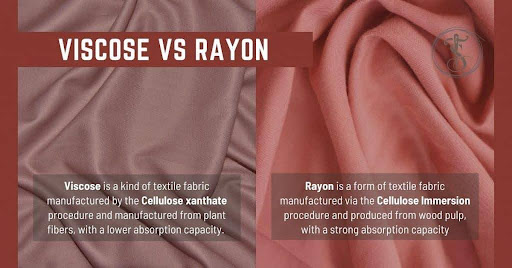
Let's take a look at the differences between these two fabrics.
Manufacturing Process
The manufacturing process used to produce Viscose fabric is called the Cellulose xanthate process. This kind of fabric is produced from plant fibers. On the other hand, Cellulose Immersion is the manufacturing process of Rayon. Wood pulp is used to produce Rayon fabric.
Absorption capacity
Absorption capacity is another factor that sets these two fabrics apart from each other. The Viscose fabric takes a long time to absorb fluids and has a low absorption capacity. The liquid is taken up by the rayon fabric in a short amount of time. Rayon has a high absorption capacity as a consequence of this.
Ecological friendliness
While Rayon's manufacturing process is eco-friendly, the Viscose manufacturing process is not. The manufacturing process of Viscose fabric is involved several toxic materials as well as a lot of energy. As a result, Viscose's manufacturing process is not eco-friendly. On the other hand, the production of Rayon is a very environmentally friendly procedure. It uses up less energy and fewer potentially harmful materials.
Fabric Durability
The viscose fabric is more durable than the Rayon fabric. The polymers that make up viscose fabric are resistant to breaking down when exposed to water, solvent, or UV light. These features make Viscose a highly durable fabric. On the other hand, Rayon fabric polymers are quickly broken by aqueous solvents and UV radiation. As a consequence, the Rayon fabric isn't very long-lasting.
Fabric Pricing
Viscose fabric has a high asking price because of the significant costs associated with its production. On either hand, the price of rayon fabric is quite reasonable due to the fact that the costs associated with its production are relatively low.
Viscose Fabric Applications
As a soft and also durable fabric, Viscose is widely used in the textile industry to manufacture several products. Cotton is often substituted with Viscose. This fabric has many similarities to cotton; however, it may be simpler or less expensive to make in certain circumstances. The viscose fabric is utilized for most of the same things as cotton.
Viscose is utilized to manufacture a broad range of various types of apparel, including dresses, shirts, and trousers. This fabric can also be used to create towels, washcloths, and tablecloths for the home. Additionally, Viscose is sometimes used to manufacture different industrial applications. For example, in many kinds of tires and vehicle belts.
Viscose has replaced cotton fibers. The Viscose utilized in these products is stronger and much more flexible than the Viscose used in clothes. Viscose textiles are incredibly lustrous, and they remain bright and vivid all across the lifespan of the items they are used in.
Wrap Up
Although the textile industry has used cotton as well as silk as widely textile materials for a long period of time, mass manufacturing of these materials isn't longer practicable due to high market demand. Instead, produced textiles are used by the bulk of the textile industry. Viscose is a kind of fabric that is widely used in the market.
This fabric is accessible on the market at a very low price due to advancements in manufacturing techniques. They have a cold, velvety feel and may be used for a variety of reasons. Many individuals are now employing these textiles to meet their needs. Several of them use it for apparel, while others utilize it for medicinal reasons, and so on.





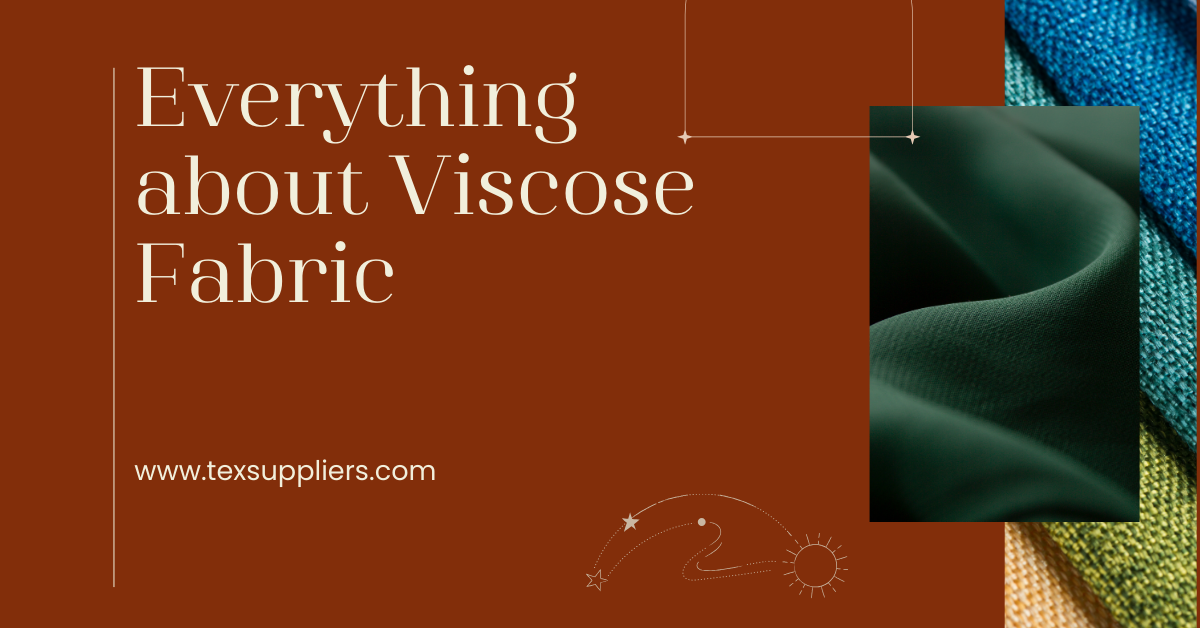
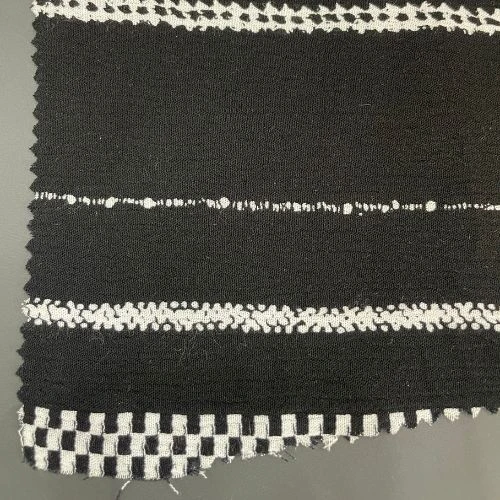
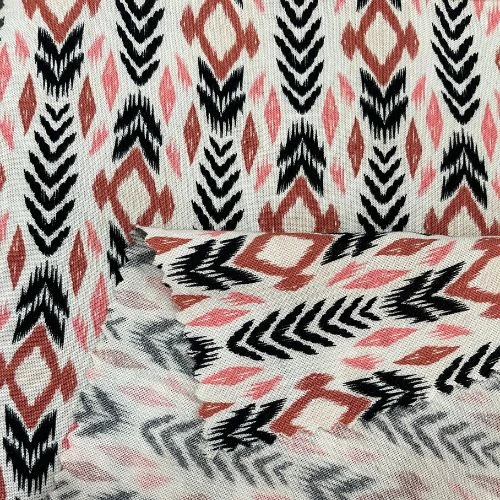
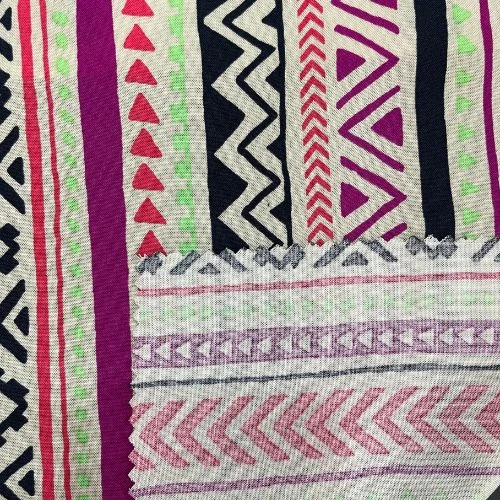
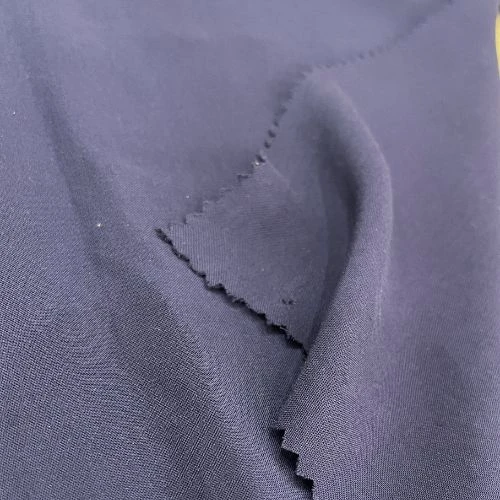
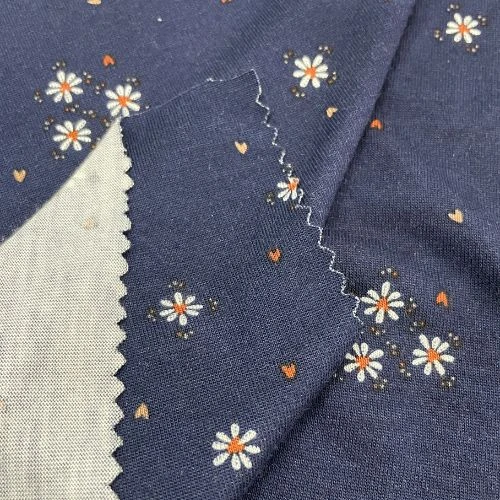
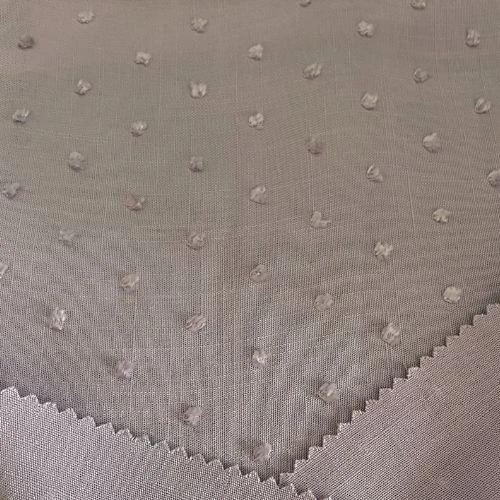
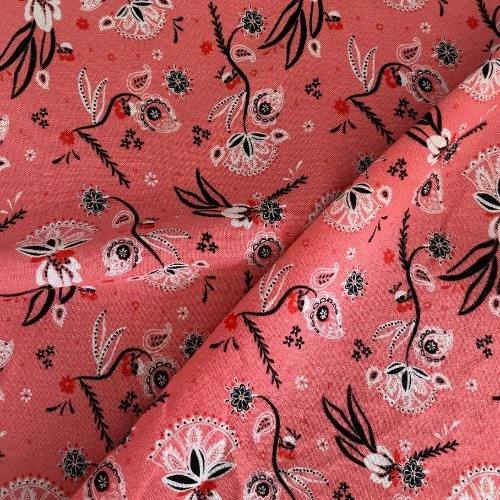
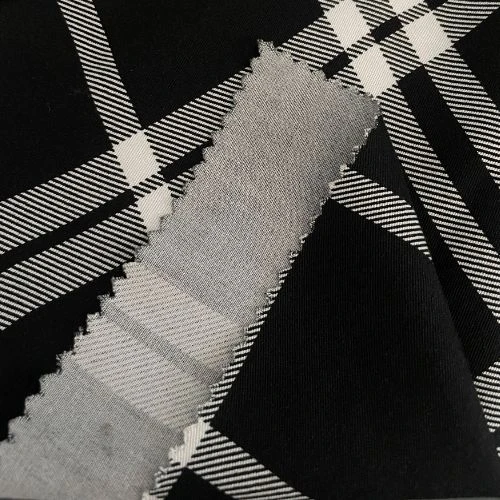
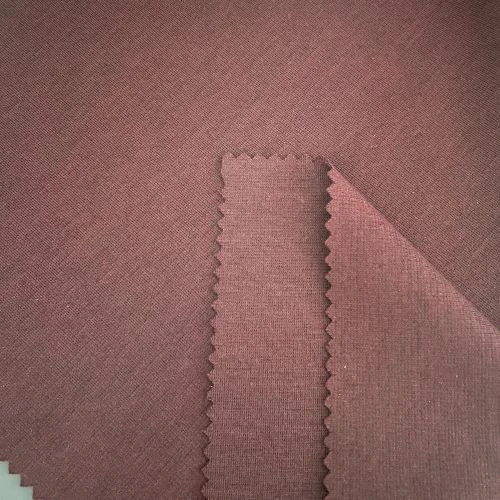

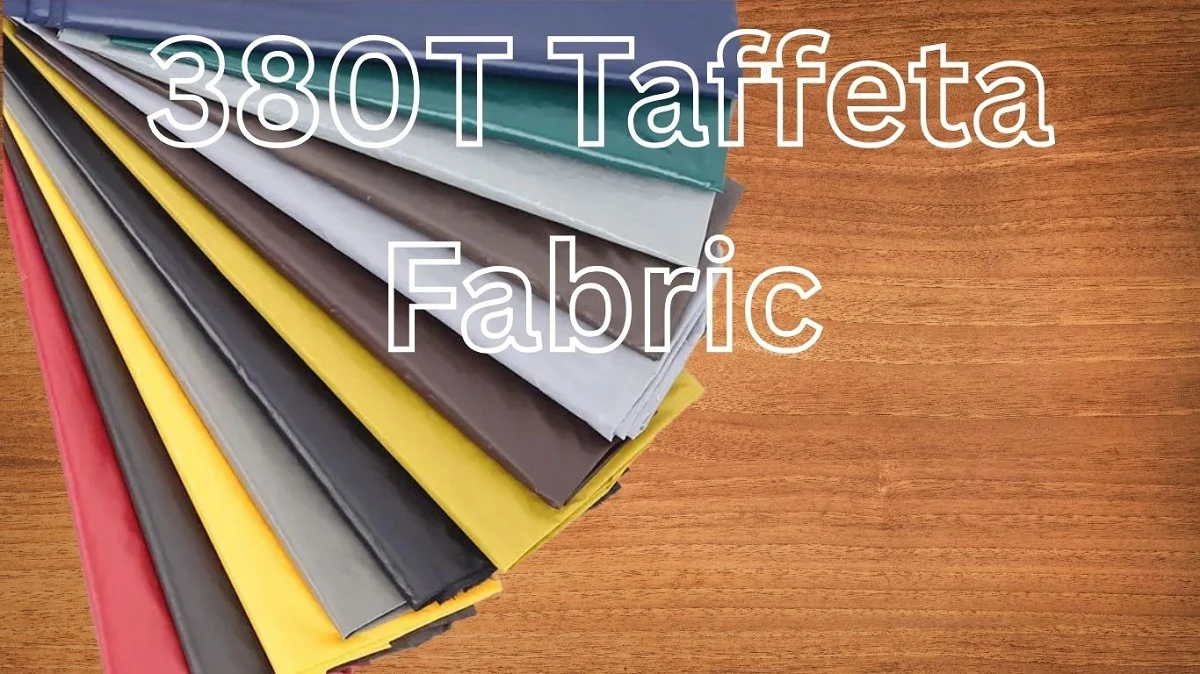
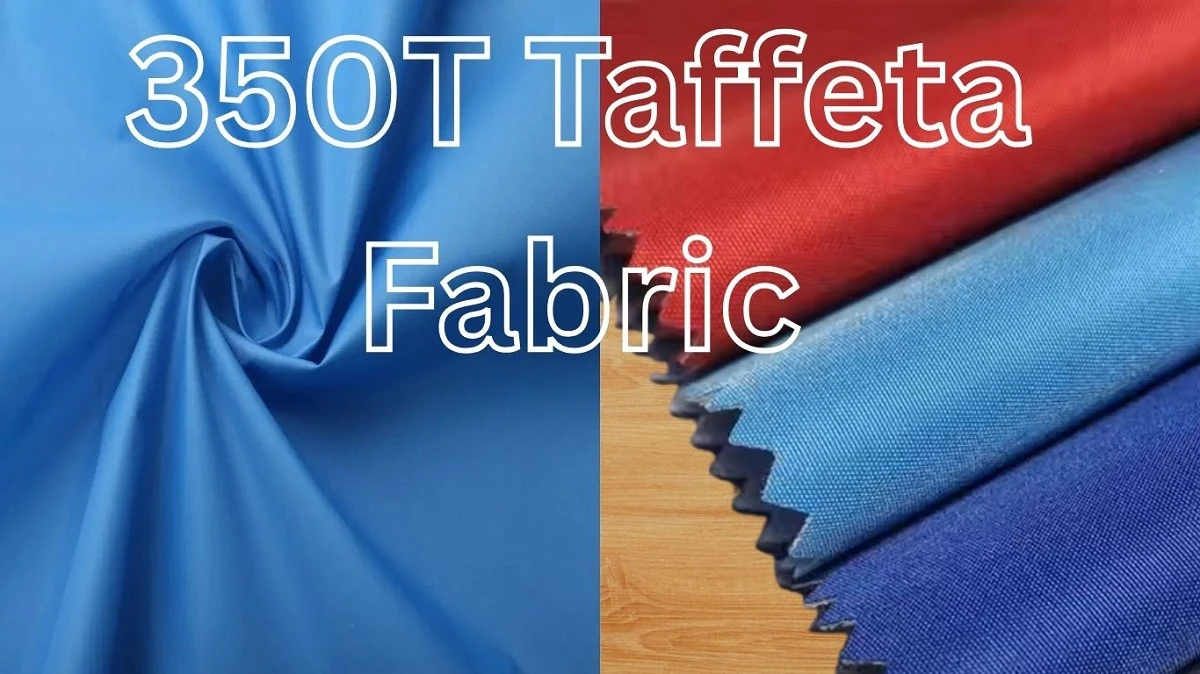
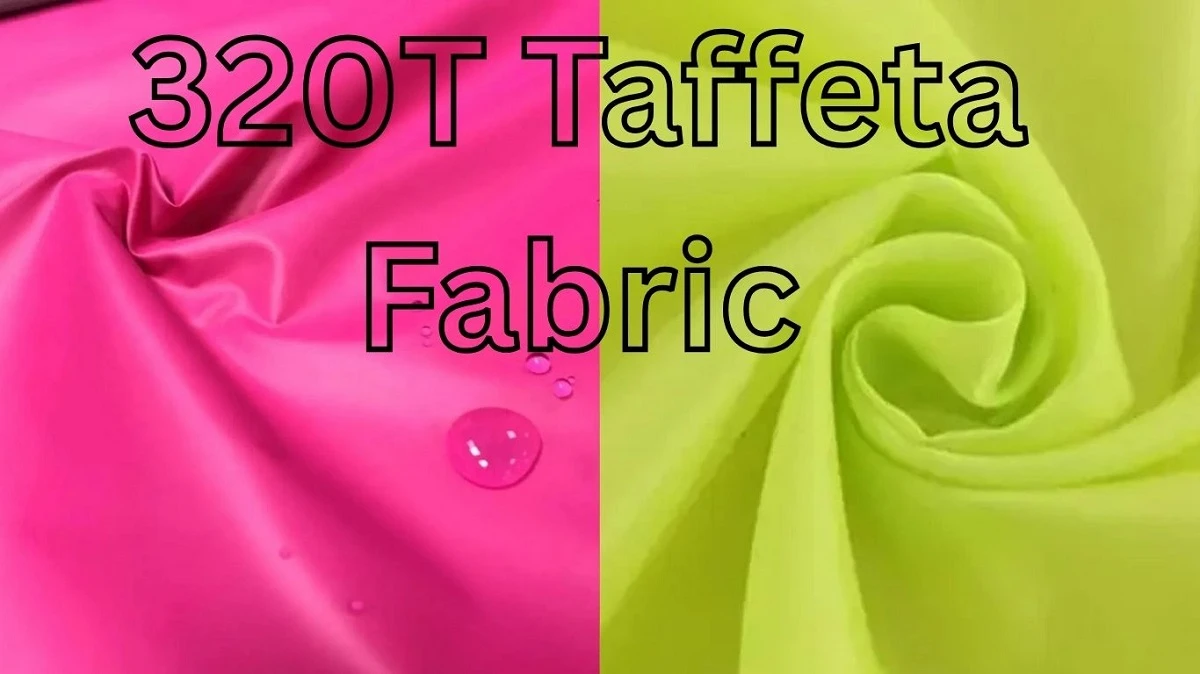
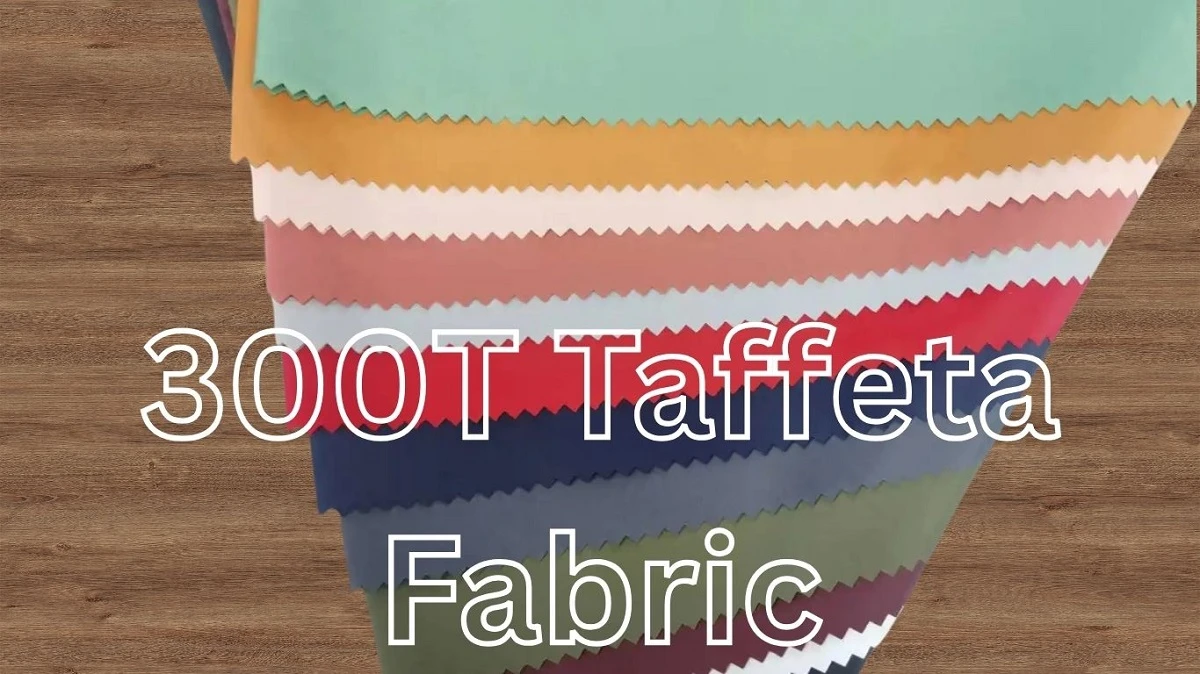
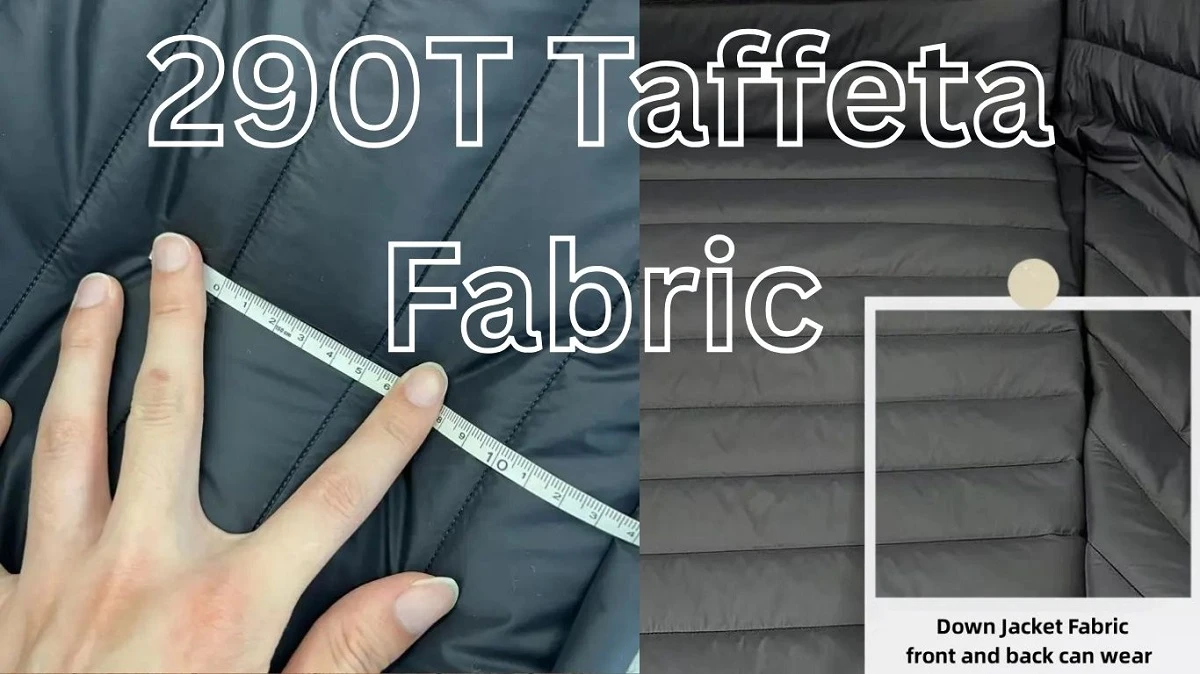
Comments - 00
Leave A Reply
Thanks for choosing to leave a comment.